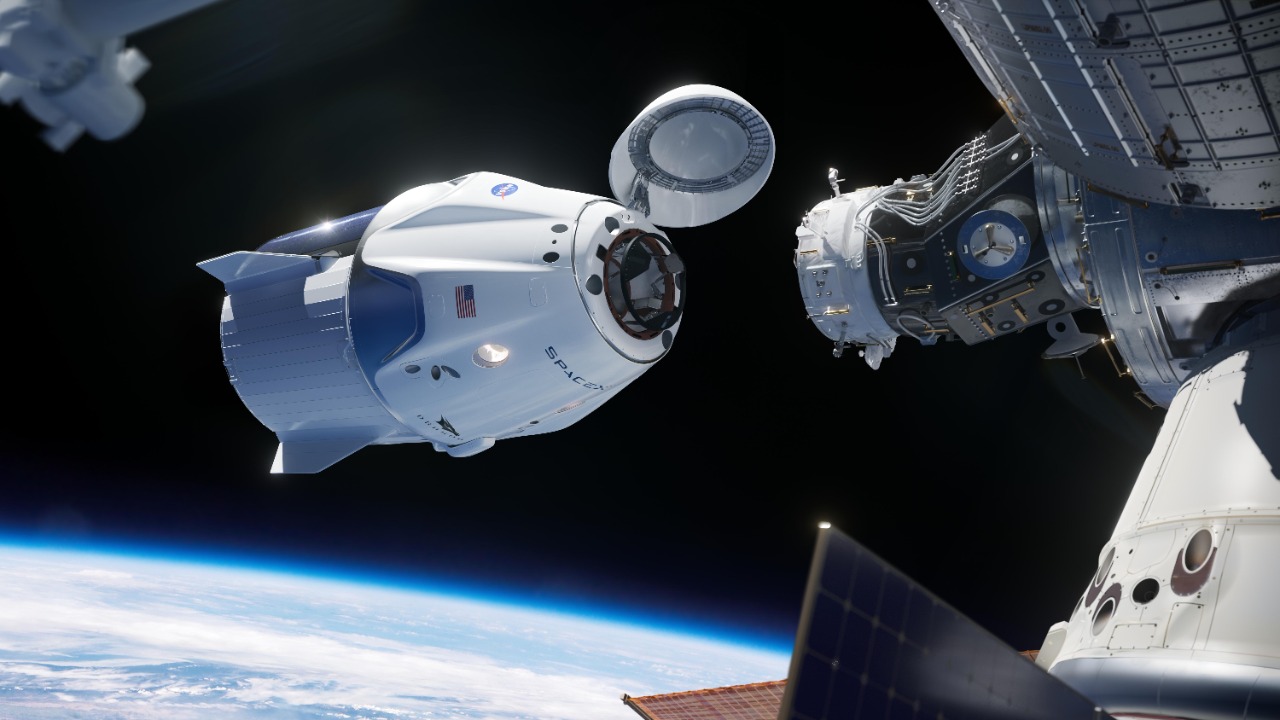
Recent incidents in Earth’s orbit, including near-misses between satellites and potential collision events, have amplified concerns over space congestion. With over 36,000 objects currently being tracked in orbit, the risk of catastrophic failures is escalating. These events highlight the urgent need for a coordinated global response to prevent disasters in an increasingly crowded space environment.
The Surge in Orbital Traffic
The exponential growth in satellites launched annually is a significant contributor to the congestion in space. In 2024 alone, more than 10,000 satellites were deployed by companies like SpaceX and others. Mega-constellations such as Starlink, which now comprises over 6,000 active satellites, have further heightened collision risks. The situation is further complicated by the estimated 170 million pieces of debris larger than 1mm orbiting Earth, adding to the clutter in our planet’s orbit.
Key Alarming Incidents in Recent Years
Several incidents in recent years have underscored the urgency of addressing space congestion. In 2024, a defunct Russian satellite and an active OneWeb spacecraft passed within 40 meters of each other at high speed, narrowly avoiding a collision. The following year, an Indian anti-satellite test remnant fragmented, generating thousands of new debris fragments. In November 2025, a SpaceX Dragon capsule came dangerously close to the International Space Station, necessitating evasive maneuvers.
Consequences of Space Congestion
The potential for Kessler Syndrome, a cascading collision scenario that could render orbits unusable for decades, is a grave concern. Current missions are already feeling the impact of space congestion. For instance, debris avoidance has caused delays in Hubble Space Telescope observations. Crewed flights are particularly vulnerable, with the Artemis program lunar missions facing risks from orbital clutter.
Calls from Experts and Organizations
In 2025, NASA administrator Bill Nelson issued a statement urging the “immediate development of a space rescue protocol to save lives in orbit.” The European Space Agency has also been pushing for a UN-led framework to establish emergency response capabilities. The Secure World Foundation has emphasized the need for binding international treaties to govern debris mitigation, highlighting the importance of global cooperation in addressing this issue.
Current Gaps in Space Rescue Infrastructure
Despite the growing urgency, there are significant gaps in our space rescue infrastructure. There are no dedicated rescue vehicles, and current systems like the Crew Dragon are not designed for rapid emergency extractions. Ground-based tracking, such as the U.S. Space Surveillance Network, has coverage gaps for small debris. Furthermore, international cooperation is currently ad-hoc, as exemplified by the 2023 U.S.-Russia joint debris warning system.
Proposed Solutions and Future Steps
Several solutions have been proposed to address these challenges. Startups like Astroscale have proposed concepts for orbital tugboats capable of rescuing stranded satellites or crews. Active debris removal technologies are also being explored, with Japan’s KITE experiment scheduled for 2026 aiming to magnetically capture debris. Policy recommendations include mandatory end-of-life disposal for satellites, a measure endorsed by the Inter-Agency Space Debris Coordination Committee.
More from MorningOverview